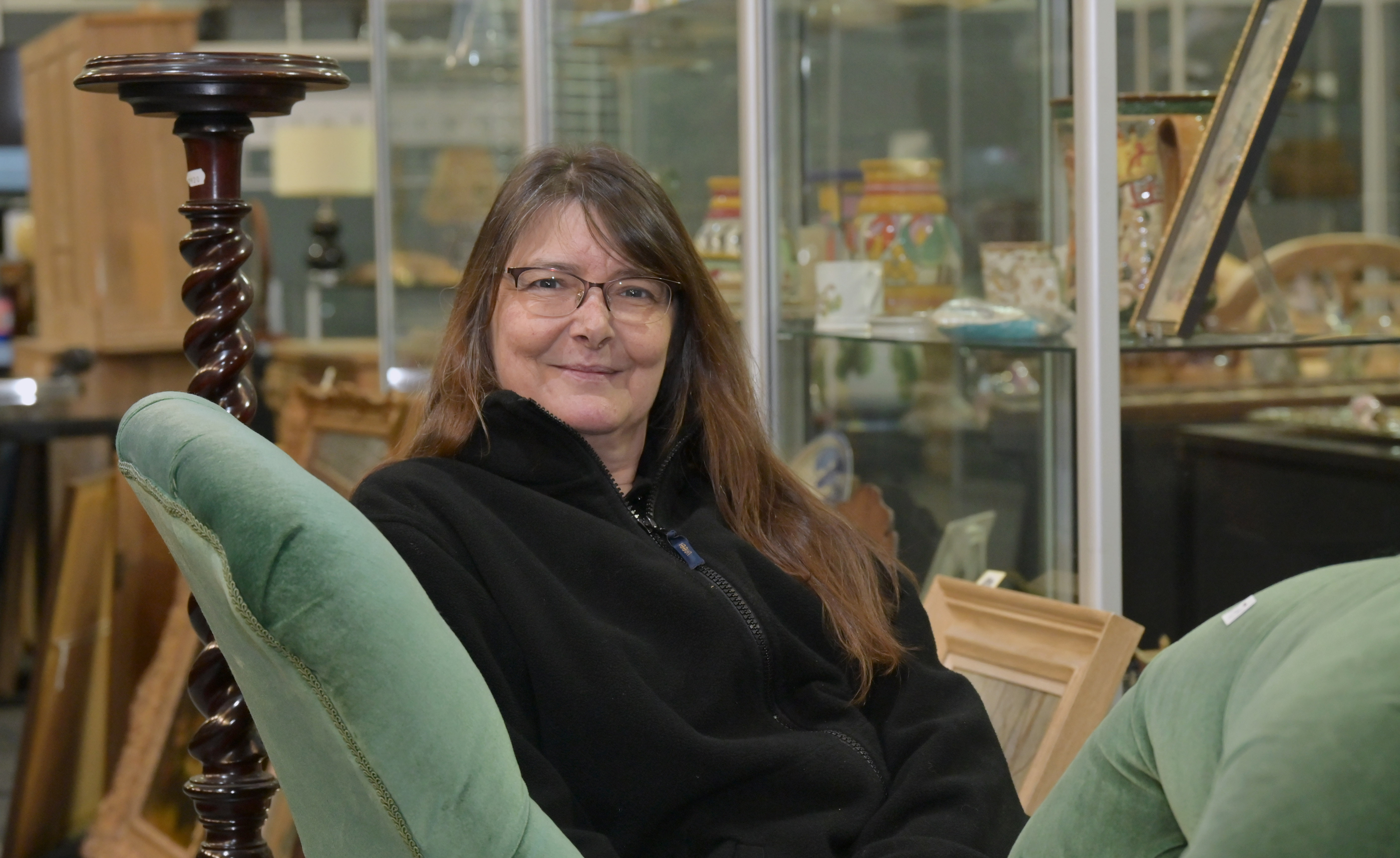Understanding silver hallmarks
by Nick Davies
Silver has been a subject of desire through the history of civilisation from adoring the Romans and Vikings right through to the modern day, practically every conceivable type of domestic and social object has been made in silver, so collecting silver is very popular and unlike porcelain or glass if damaged silver will always have its melt value.
The joy of collecting British silver is the variety of choice this is mainly due to the hallmark. The subject of hallmarks is sometimes thought to be a complicated one, but this is not so, each hallmark can broken down into four individual marks.
Firstly and probably most important is lion passant, this stamp of a lion seen from side on indicates that the item is made from sterling silver which is 925 parts per thousand. The second mark is the assay office or town mark the main four being a leopard’s head (London), an anchor ( Birmingham) a crown, changing to a rose in 1975 (Sheffield) and a castle (Edinburgh), although there are several provincial assay offices which are now closed these include Chester and York for example. The third mark is a date letter which alters every year and denotes the date the item was assayed and finally the fourth mark which is the maker’s or manufacture’s mark. There is often a fifth mark which is the reigning monarch’s head, which is known as the duty mark, this was withdrawn in the late 19th Century.
I am often asked why Birmingham, so far from the sea, has an anchor for the town mark. The story is that in the late 18th Century Matthew Boulton was sending his silverware to Chester to be hallmarked, as that was the closest assay office to Birmingham, unfortunately due to the condition of the roads his work was often damaged in transit. He decided to petition Parliament for an assay office in Birmingham. The Sheffield Cutlers’ Company heard about this and decided that a Sheffield office was also needed as they were going through the same difficulties at the time. The two parties met in a pub near Parliament called The Crown and Anchor and with the toss of a coin Birmingham mark became the anchor and Sheffield the crown, later a rose. The assay office was opened in New Street on 31st August 1773 and the first customer was Matthew Boulton.
These marks aid collectors immensely, some will only collect items from a certain assay office, others will collect items made by a specific silversmith, and others may concentrate on dates or the item itself, caddy spoons and decanter labels and other small items such as vinaigrettes are particular collectors’ favourites.
As with all valuable metals fakes and forgeries do occur, I have come across hallmarks that have been removed from one item and let in to another to make it appear older and more valuable. This is why experts often breathe on hallmarks, by doing so the outline of any joins will become visible. Often silver plate marks are made to look like hallmarks with various date letters and marker’s marks. I have seen silver converted from item to another, christening mug to cream jugs is a particular favourite!
The hallmark has been a guarantee and standard benchmark of quality since the 16th Century up to the present day and I my opinion is one of our Great British traditions that is envied the world over.
Posted on 5 June 2019
Be in the know
Sign up for auction email alerts so you never miss another sale at Fieldings!
Register now

